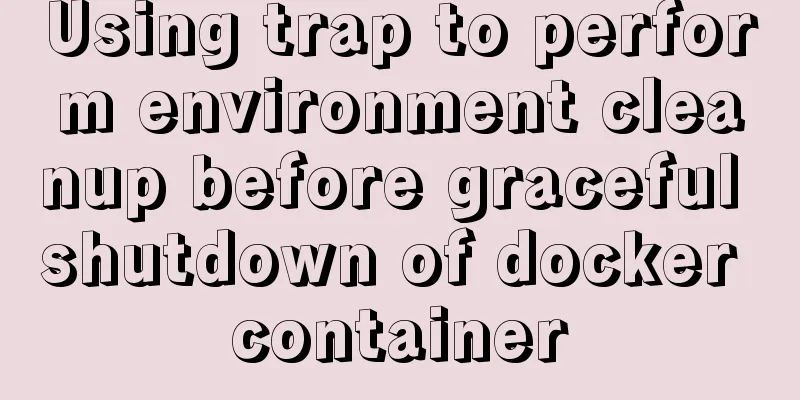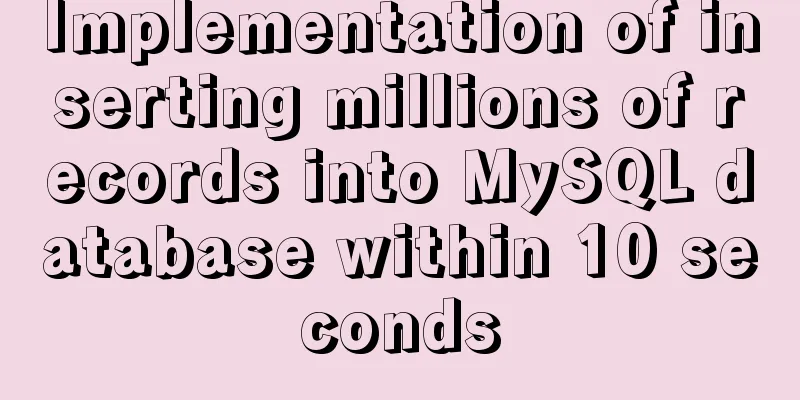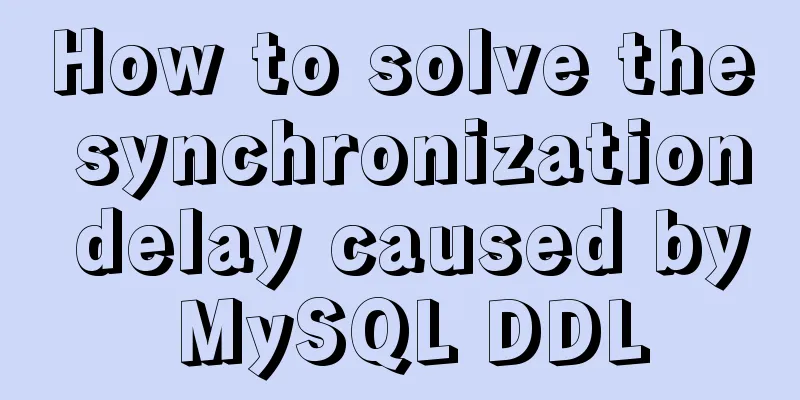Using trap to perform environment cleanup before graceful shutdown of docker container

|
When a running container is terminated, how can we perform some predefined actions, such as cleaning up the environment before the container completely exits? This is a hook experience similar to pre stop. However, Docker itself cannot provide this capability. This article combines the Linux built-in command trap to implement custom operations before the container is gracefully closed. When a running container is terminated, how can we perform some predefined actions, such as cleaning up the environment before the container completely exits? This is a hook experience similar to pre stop. However, Docker itself cannot provide this capability. This article combines the Linux built-in command trap to implement custom operations before the container is gracefully closed. How to close a containerI understand there are three ways to shut down a running container, all of which are initiated by the docker command line.
The designers of Docker would not design three command combinations for shutting down containers for no reason. In what scenarios should the three methods be used? These three ways of terminating containers are slightly different. Before explaining these differences, it is necessary to mention some knowledge points that seem to be unrelated to containers - SIGNAL. Processes and SignalsUsers can communicate with processes by sending signals. Almost every operation and maintenance engineer has executed the following command to kill a process:
This command seems to be correct, I "killed" a process, but why "-9"? 9 is the code for the signal SIGKILL. The above command actually sends a signal to the corresponding process, a signal that can kill the process. The real meaning of the
I have no intention of explaining the meaning of each signal in detail. My skills are still far from that. I will only pick out the knowledge related to our topic for explanation here. There are two signals related to our topic,
Containers and SignalsThe essence of a container is a group of encapsulated processes. Therefore, closing a running container through the three command line methods mentioned at the beginning is essentially a process of interacting with the process in the container by sending signals to "kill" it.
When you execute
Executing
Executing By comparison, Now let’s finally get to the point. Capture the signal and process it The signal Linux provides a built-in
The basic usage is as follows:
The idea is clear. We need to add the The following is an example of a script that is executed as the ENTRYPOINT of a container.
#!/bin/bash
function clean_up_term {
rm -rf /data/tmp
echo "clean_up_term in execution"
}
trap clean_up_term SIGTERM
for ((i=1;i<=1000;i++))
do
echo "Wait for $i"
sleep 1
done
After the container is started, the
The This is the end of this article about using trap to perform environment cleanup before the docker container is gracefully closed. For more information about docker container execution environment cleanup, please search 123WORDPRESS.COM's previous articles or continue to browse the following related articles. I hope you will support 123WORDPRESS.COM in the future! You may also be interested in:
|
<<: Chinese and English font name comparison table (including Founder and Arphic)
>>: Implementation of CSS dynamic height transition animation effect
Recommend
Delete the image operation of none in docker images
Since I usually use the docker build command to g...
How to convert MySQL horizontally to vertically and vertically to horizontally
Initialize Data DROP TABLE IF EXISTS `test_01`; C...
Detailed explanation of process management in Linux system
Table of contents 1. The concept of process and t...
Summary of Operator Operations That Are Very Error-Prone in JavaScript
Table of contents Arithmetic operators Abnormal s...
JavaScript uses promise to handle multiple repeated requests
1. Why write this article? You must have read a l...
Detailed explanation of the implementation process of Nginx log timing splitting in CentOS 7
1. Write a split script (splitNginxLog.sh) * Beca...
Detailed explanation of Nginx reverse proxy example
1. Reverse proxy example 1 1. Achieve the effect ...
Two methods to stretch the background image of a web page
There are two solutions: One is CSS, using backgro...
MySQL 5.7.27 installation and configuration method graphic tutorial
The installation tutorial of MySQL 5.7.27 is reco...
jQuery implements dynamic tag event
This article shares the specific code of jQuery t...
How does Vue track data changes?
Table of contents background example Misconceptio...
Summary of CSS sibling element floating analysis
float:left/right/none; 1. Same level floating (1)...
Zookeeper unauthorized access test problem
Table of contents Preface Detect Zookeeper servic...
Abbreviation of HTML DOCTYPE
If your DOCTYPE is as follows: Copy code The code ...
Detailed explanation of the use of Docker commit
Sometimes you need to install certain dependencie...









